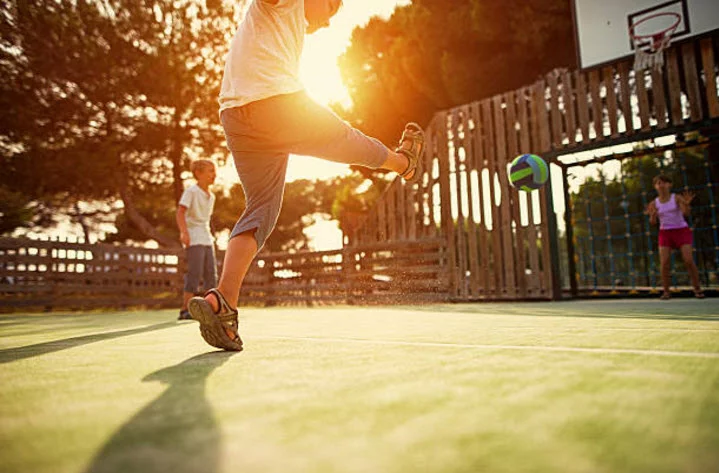It’s a parent’s dream – living close enough to your kid’s school that you can walk right to it. But how do you know when they are old enough to walk alone? How can you keep your child safe when they are on their own? Whether they are walking to school, to a park, or to a friend’s house nearby, make sure you’ve read these tips before your child heads out the door.
How Young Is Too Young?
Children should walk with an adult until they are at least 10 years old. Do not expect your child to be a good judge of the speed and distance of oncoming cars until this age. Always hold your youngster’s hand when they cross the street or are in parking lots. Pick one route and stick to it. Walk the same route with them every day until they are ready to go alone.
Know the Neighborhood
Evaluate the distance to school, the availability of sidewalks, heavy traffic patterns, and local safety measures. Pick a route that is well lit and frequently traveled. Teach your child to always use the same route and never take shortcuts through wooded areas, alleys or parking lots. If they have friends or classmates that live nearby, it is safer if they walk together.
Road Safety
Walking to school has never been as dangerous as it is now with additional dangers of distracted drivers texting, tweeting, and tuning out.
Make sure your child knows and follows these rules:
- Look left, then right, then left again before crossing a street
- Continue looking both directions when crossing
- Always cross the street at a corner or crosswalk
- Walk on a sidewalk, and if there is no sidewalk, walk on the left side of the street, facing oncoming traffic
- Only cross in front of a bus when the driver says it is safe to do so
- Do not cross behind the bus or where a driver cannot see you
Dress for Success
Make sure your child leaves the house wearing practical shoes for walking and is dressed appropriately for the weather. If there is a chance they may be returning as it gets dark, it’s a good idea if they wear light-colored clothing. Kids of all ages should know to carry backpacks and bags close to their body, and keep wallets in an inside pocket, not a back pocket.
Stranger Danger
Teaching your children about strangers is an important part of the process of younger children learning to walk alone. They should be aware that some strangers are bad strangers, and others are good strangers. Make sure they know that they can ask for help from another adult that they know, a teacher, policeman, store clerk, or another mom with small children.
Sending your child off on their own may be scary, but teaching them to be safe on their own is an important and necessary lesson. Rest easy knowing that studies have shown that kids who bike or walk to school perform better than their peers who carpool. Plus, walking ensures that your child will get some form of exercise on a daily basis – no matter if they are glued to their gadgets on the playground!
You may consider providing your child with a cell phone for emergencies. One thing you should definitely have to ensure your child’s safety is a McGruff Safe Kit. If you don’t have one yet, request one today!






